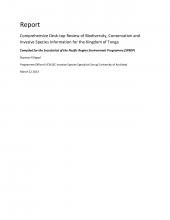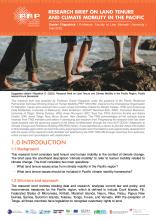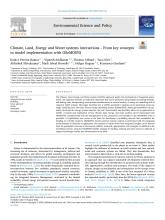Climate, Land, Energy and Water systems Interactions – From key concepts to model implementation with OSeMOSYS
Alfstad, Thomas
,
Niet, Taco
,
Ramos, Eunice Pereira
,
et al
2022
The climate, land, energy and water systems (CLEWs) approach guides the development of integrated assessments. The approach includes an analytical component that can be performed using a simple accounting methods, soft-linking tools, incorporating cross-systems considerations in sectoral models, or using one modelling tool to represent CLEW systems.





